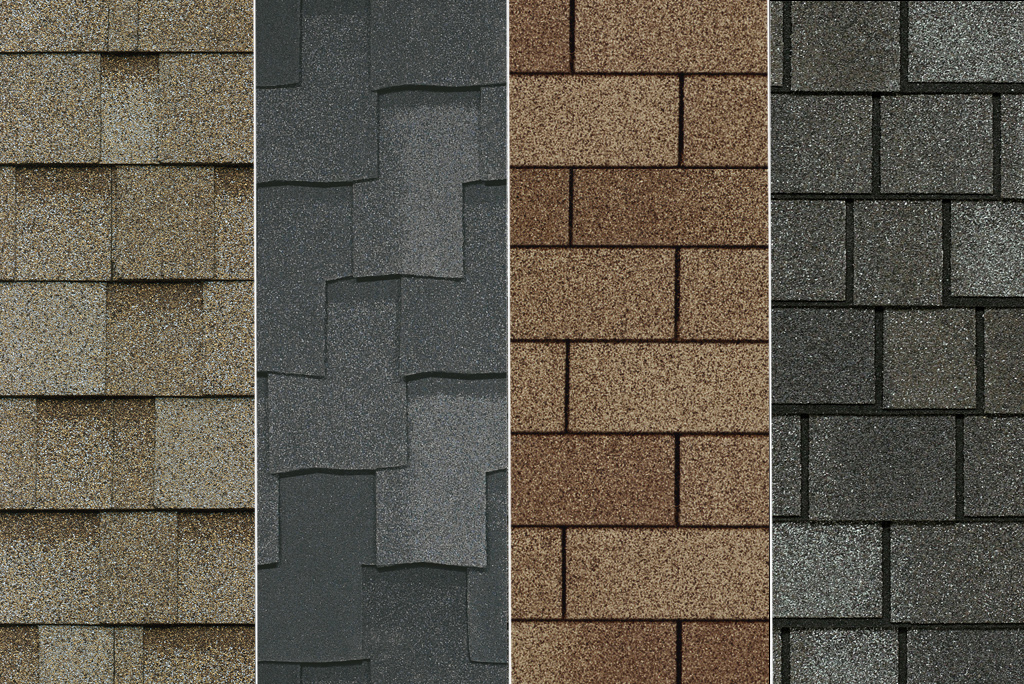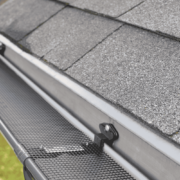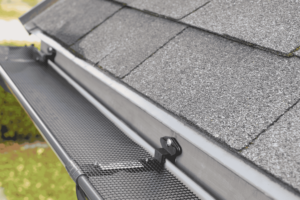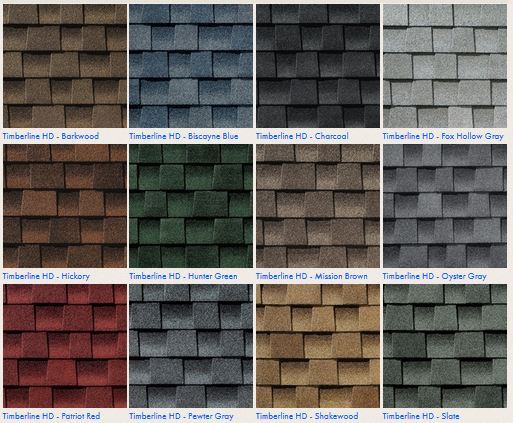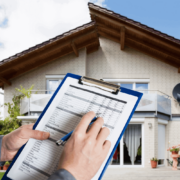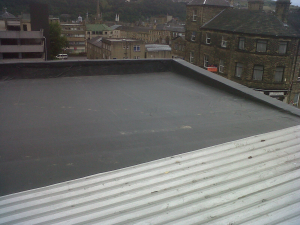Preventing Ice Dams on Your Roof
Ice Dams
Ice dams are a problem that can occur during the winter when snow and ice build up on roofs. As the weather gets colder, the water in the snow and ice freezes, creating a dam that prevents melting water from draining properly. This can lead to leaks and flooding, which can damage your home and belongings. While ice dams are most commonly found in cold climates, they can also occur in areas that experience warm winters followed by quick dumps of snow. If you live in an area where ice dams are a possibility, there are a few things you can do to prevent them. First, make sure your gutters are clean and free of debris. Clogged gutters can cause water to back up and freeze, so it’s important to keep them clear. You should also insulate your attic to help keep heat from escaping through the roof. Finally, be sure to shovel any snow off your roof as soon as possible after a storm. By taking these precautions, you can help prevent ice dams from forming and causing damage to your home.
/cdn.vox-cdn.com/uploads/chorus_asset/file/19913351/Ice_Dam_iStock_155389475.jpg)
Causes of Ice Dams
As anyone who has dealt with an ice dam can attest, they are a frustrating and damaging problem. Ice dams form when heat escapes from the home and melts the snow on the roof. The water then flows down to the edge of the roof where it refreezes, creating a dam that prevents melted snow from draining off the roof. As more snow melts, the dam grows larger and larger, eventually causing water to back up under shingles and leak into the home. Ice dams can cause extensive damage to roofs, walls, and ceilings, and they are a leading cause of wintertime water damage. Fortunately, there are a few things that homeowners can do to prevent ice dams from forming in the first place. One is to make sure that the attic is properly insulated so that heat does not escape. Another is to keep gutters clear of debris so that melting snow can drain freely. Finally, it is important to regularly remove snow from the roof to prevent a buildup of ice and snow. By taking these precautions, homeowners can help protect their homes from the damaging effects of ice dams.
Signs You Have an Ice Dams
One of the best ways to know if you have ice dams is to look for icicles. If you see icicles, it may be a sign that water is leaking through your roof and freezing as it runs down your gutters or eaves. Another way to tell if you have ice dams is to look for spots on your ceiling or walls where the paint is bubbling or peeling. This can be an indication that water is seeping through cracks in your roof and causing damage to your home. If you suspect you have ice dams, it’s important to have them removed as soon as possible. Otherwise, they can cause extensive damage to your roof and home.
Do Icicles Mean Poor Insulation?
Most people think that if their house has icicles, it means that their insulation is poor. But that’s not always the case. Icicles can form for a variety of reasons, and often have nothing to do with insulation. For example, if the temperature outside is very cold and the sun is shining on your roof, the heat from the sun can cause the snow to melt. As the water runs down your roof, it will refreeze when it reaches the edge of your roofline, creating an icicle. Another common cause of icicles is improper ventilation in your attic. If warm air from your house escapes into your attic, it can cause the snow on your roof to melt. This melting snow will then run down your roof and refreeze when it reaches the edge of your roofline, creating an icicle. Icicles can also be caused by a leaking gutter. If water leaks from your gutter and onto your roof, it can freeze and create an icicle. So, while icicles may be pretty to look at, they can actually be a sign of a problem with your home. If you have icicles, it’s important to have a professional inspect your home to determine the cause and make sure that any problems are fixed.
Putting Salt on a Roof
In the winter, it’s important to take steps to prevent ice dams from forming on your roof. One method that is sometimes used is to sprinkle salt on the roof. However, this can actually be counterproductive and potentially damage your roof. The salt can eat away at the shingles, causing them to deteriorate prematurely. In addition, it can also promote the growth of moss and algae, which can further damage the roof. For these reasons, it’s best to avoid using salt on your roof and instead focus on other methods of ice removal.
Preventive Measures for Ice Dams
As we all know, winter weather can be brutal on our homes. One of the biggest dangers is the formation of ice dams, which can cause extensive damage to roofs and gutters. Ice dams occur when melting snow refreezes at the edge of the roof, forming a dam that prevents future melting snow from draining off the roof. As the dam grows, it can block gutters and force water back up under shingles, eventually leading to serious leaks.
Fortunately, there are a few preventive measures that you can take to help reduce the risk of ice dams forming in your home. First, make sure that your gutters are clean and free of debris. This will allow melting snow to drain freely off the roof. Second, keep the attic well-ventilated to prevent heat from rising and melting snow on the roof. Third, insulate your attic floor to help reduce heat loss through the ceiling. And finally, if you do get an ice dam, don’t try to remove it yourself; hire a professional to do it safely. By taking these simple steps, you can help protect your home from the damaging effects of ice dams.

